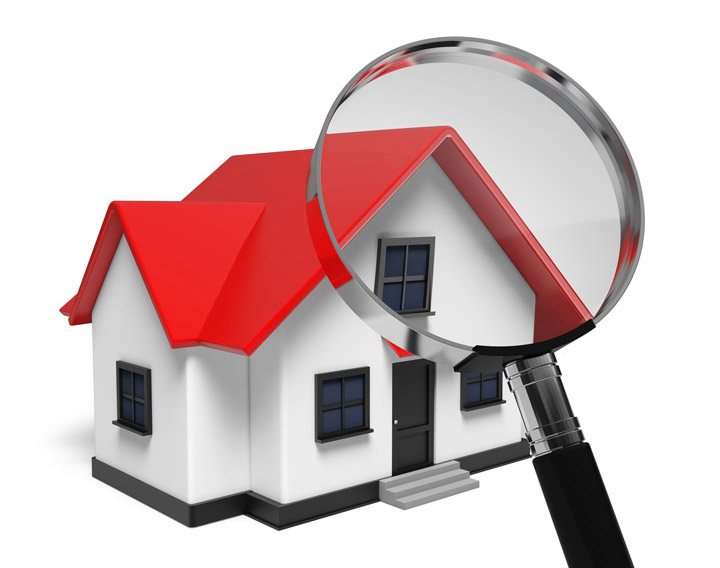
An Overview of the Appraisal ProcessAcquiring real estate can be the largest investment some will ever make. Whether it's where you raise your family, a second vacation property or a rental fixer upper, purchasing real property is a complex transaction that requires multiple people working in concert to make it all happen. It's likely you are familiar with the parties taking part in the transaction. The real estate agent is the most known entity in the exchange. Then, the bank provides the money needed to fund the deal. And ensuring all areas of the sale are completed and that the title is clear to transfer from the seller to the purchaser is the title company. So, what party is responsible for making sure the value of the property is in line with the amount being paid? In comes the appraiser. We provide an unbiased opinion of what a buyer could expect to pay — or a seller receive — for a parcel of real estate, where both buyer and seller are informed parties. A licensed, certified, professional appraiser from DWW4RE Inc. will ensure, you as an interested party, are informed. The inspection is where an appraisal beginsOur first responsibility at DWW4RE Inc. is to inspect the property to ascertain its true status. We must see aspects of the property first hand, such as the number of bedrooms and bathrooms, the location, and so on, to ensure they indeed are present and are in the condition a reasonable person would expect them to be. The inspection often includes a sketch of the property, ensuring the square footage is proper and illustrating the layout of the property. Most importantly, the appraiser identifies any obvious features - or defects - that would have an impact on the value of the house. After the inspection, an appraiser uses two or three approaches to determining the value of the property: a paired sales analysis, a replacement cost calculation, and an income approach when rental properties are prevalent. 
Cost ApproachHere, we analyze information on local building costs, the cost of labor and other elements to determine how much it would cost to construct a property similar to the one being appraised. This estimate usually sets the maximum on what a property would sell for. The cost approach is also the least used method. 
Paired Sales AnalysisAppraisers get to know the subdivisions in which they work. They innately understand the value of certain features to the homeowners of that area. Then, the appraiser looks up recent transactions in close proximity to the subject and finds properties which are 'comparable' to the home being appraised. By assigning a dollar value to certain items such as square footage, additional bathrooms, hardwood floors, fireplaces or view lots (just to name a few), we adjust the comparable properties so that they are more accurately in line with the features of subject.
After all differences have been accounted for, the appraiser reconciles the adjusted sales prices of all the comps and then derives an opinion of what the subject could sell for. When it comes to associating a value with features of homes in Palm Springs and Riverside, DWW4RE Inc. can't be beat. The sales comparison approach to value is most often given the most weight when an appraisal is for a home exchange. Valuation Using the Income ApproachIn the case of income producing properties - rental houses for example - we may use a third approach to value. In this situation, the amount of income the real estate yields is factored in with other rents in the area for comparable properties to derive the current value. ReconciliationAnalyzing the data from all approaches, the appraiser is then ready to put down an estimated market value for the property at hand. The estimate of value at the bottom of the appraisal report is not always what's being paid for the property even though it is likely the best indication of a property's valuePrices can always be driven up or down by extenuating circumstances like the motivation or urgency of a seller or 'bidding wars'. Regardless, the appraised value is typically employed as a guideline for lenders who don't want to loan a buyer more money than they could recover in case they had to sell the property again. It all comes down to this, an appraiser from DWW4RE Inc. will help you get the most accurate property value, so you can make profitable real estate decisions. |